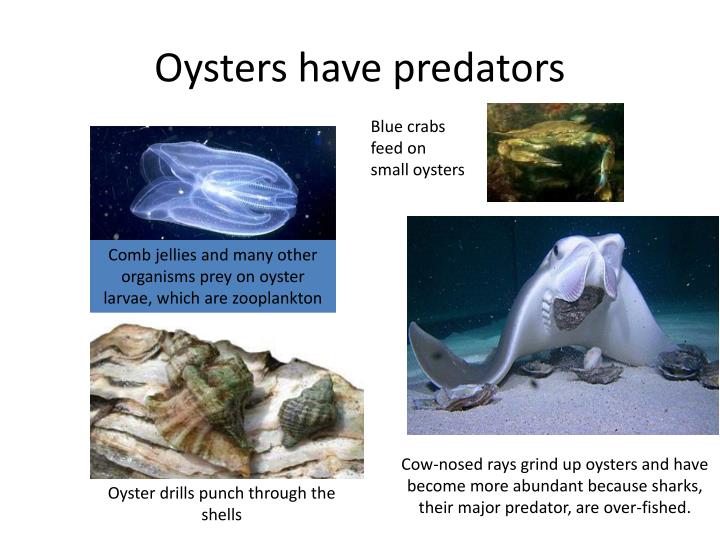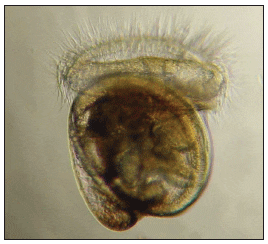
This has taken place in response to strong export markets for shrimp ( Penaeus species), which have developed since the early 1970s. has been replaced by highly intensive farming techniques. Traditional shrimp farming-a practice of trapping tidal waters in coastal enclosures known as “Gher” (earthen ponds)-an extensive farming technique with no feeding, fertilising etc. 1).Īlthough Bangladesh has focused greatly on high value shrimp species for export, disease outbreaks have led to the conversion of brackish water shrimp farms to either fish or mud crab culture. 2017a, 2017b), and mariculture is a potential prospect which features in Bangladesh’s seventh five-year national plan (Fig. Nevertheless, since the extension of Bangladesh’s Exclusive Economic Zone (EEZ) in 20, a result of the maritime boundary disputes with Myanmar and India being settled-there has been broad interest in developing the blue economy (Hussain et al. However, while having limited impact on the environment, this cultivation technique has become more complex and intensive, requiring development in infrastructure and greater human capacity. “With these processes (IMTA), all the cultivation components have an economic value, as well as a key role in environmental and societal services and benefits” (Guerrero and Cremades 2012).

artificial feed (Guerrero and Cremades 2012 Hughes et al. fish, molluscs and crustaceans while minimising the use of supplementary inputs, e.g. IMTA increases production by farming species from different trophic levels in the same production system, i.e. 2016) and the focus of blue economy development plans in Bangladesh. economic) over single species farming due to lower environmental impacts and better social acceptance, is the main theme of mariculture (Hughes et al. where the diversification of aquaculture results in greater benefit (e.g. Integrated multitrophic aquaculture (IMTA), i.e. A variety of species in the food chain, from single cell algae to pelagic predators such as seabass ( Lates calcarifer) and groupers are now farmed on a commercial scale. Mariculture covers a wide range of activities, practiced using a variety of techniques from extensive to intensive in habitats ranging from coastal lagoons to the open ocean. Aquaculture production accounts for around 2.8% of GDP in Bangladesh, only aquaculture in Vietnam accounts for a higher share of GDP in the Asia-Pacific Region (FAO 2017). Among the top ten world aquaculture producing countries, seven belong to the Asia-Pacific region, where Bangladesh ranks three out of five (FAO 2018). Pangas ( Pangasius pangasius), Rui ( Labeo rohita), Catla ( Labeo catla), other carp species and climbing perch ( Anabas testudineus), has expanded significantly. Besides tilapia, inland aquaculture production of indigenous species, i.e. Production increased from 2140 t in 1999 to 370,017 t in 2017 (Hussain et al. Previously, fish production was dominated by tilapia species and current output ranks third, behind only China and Indonesia (FAO 2016). By 2016, Bangladesh was ranked the 5th largest aquaculture producer-a position maintained since 2003 (FAO 2018). Most notably, ministries, departments and research institutions, along with interested private entrepreneurs, must collaborate to formulate strategies for effective development and implementation, so that mariculture can contribute to food security and economic development through export opportunities.Īquaculture has grown rapidly in Bangladesh from a production of almost nothing in 1980 to over 2 million tonnes in 2018 (World Bank 2019), with an almost doubling of output in the last decade. However, there remain major challenges and constraints that need to be addressed in order for mariculture to further develop and contribute to a growing blue economy in Bangladesh. Further, some non-traditional marine species like seaweed, microalgae, shellfish (mussel, oyster) and the sea cucumber offer considerable potential. We identify the most promising fish species as the hilsa shad ( Tenualosa ilisha), seabass ( Lates calcarifer) and the grey mullet ( Mugil cephalus), and the shrimp species as black tiger shrimp ( Penaeus monodon), brown shrimp ( Metapenaeus monoceros), Indian white shrimp ( Penaeus indicus) and the mud crab ( Scylla serata). Several potential areas and opportunities for mariculture development have been identified for implementation under the concept of blue economy development in Bangladesh.

However, the marine resource base of Bangladesh, which is now even greater following the recent settling of disputes regarding maritime boundaries with neighbouring countries, lends itself to the development of marine aquaculture-known as mariculture. Advances in freshwater aquaculture have promoted Bangladesh to the fifth largest fish producer in the world.

Development of a blue economy is firmly embedded in the development plans of Bangladesh.


 0 kommentar(er)
0 kommentar(er)
